The biggest challenge U.S. manufacturers face today is the acute labor shortage. Competition for skilled workers is fierce, and the skills gap grows yearly.
A March 2022 survey from Deloitte predicts a shortage of more than two million U.S. manufacturing workers by 2030, potentially leading to an opportunity cost of $1 trillion per year if we cannot address this issue.
What’s Led to the Labor Shortage Crisis?
Between the pandemic, the bad rap manufacturing jobs get, and Baby Boomers retiring, a perfect storm of problems has led to the labor shortage.
COVID-19
- The manufacturing industry faced a significant setback after losing roughly 1.4 million jobs at the onset of the pandemic. Since then, the industry has struggled to hire entry-level and skilled workers.
Baby Boomers are Retiring
- The manufacturing sector employs a large number of the Baby Boomer generation, and the average worker age in the manufacturing sector was always on the higher side. This age group is now retiring, so manufacturers are feeling the pressure.
Manufacturing Jobs Viewed as a Dead End
- People entering a technology-dominated workforce do not perceive manufacturing as a viable career path (even though manufacturing is a high-tech frontier in applying automation, AI, machine learning, AR, and digital collaboration). Manufacturers are hopeful to hire younger workers in the future. However, GenX will start to retire within the next eight years, possibly reducing the talent pool of this age group.
What are the Consequences of Labor Shortage?
This national labor shortage has many consequences, summarized by the following:
Increased risk for workplace injuries
- Without automation, manufacturing companies must employ many new workers or rely on overtime to handle labor shortages. Both new workers and overworked workers are prone to make mistakes. Human errors on the shop floor can cause accidents and serious injuries.
Potential for equipment damage
- Human errors made by new workers can also cause significant equipment damage. With today’s supply chain delays, it is often difficult to get damaged equipment repaired quickly.
Inconsistent product quality
- New workers take considerable time to demonstrate consistency in challenging process steps, leading to inconsistent quality issues.
Higher training costs
- A high rate of labor churn forces manufacturing companies to frequently train new workers leading to a substantial increase in the training budget.
Delays
- The labor shortage is reducing capacity causing significant delays in fulfilling orders and missing new growth opportunities.
Loss of process knowledge
- The company will lose essential process knowledge if a skilled worker leaves and replacements are not promptly found.
Why Manufacturers are Struggling
The following three reasons have made it very difficult for manufacturing companies to address their labor needs:
Finding Skilled Labor
- Over the last two decades, the manufacturing sector has benefited considerably from deploying Industry 4.0 technologies. Workforce training in these newer technologies needs to catch up. Many manufacturers report needing help finding workers with adequate skills to fill the available jobs.
Physically Demanding Work
- The manufacturing sector still has many jobs that are very tedious and ergonomically challenging. Consider sanding operations in a high-mix manufacturing application. It is physically demanding work, usually performed in an uncomfortable work environment. Convincing younger workers to pursue manufacturing jobs has been challenging, and companies report that the percentage that quit within weeks is high.
Remote Work Preference
- Many industries have figured out a way for their workers to work remotely. Most workers find the remote work option attractive, enabling them to find the right work-life balance. Many workers refuse to take jobs requiring them to commute to a traditional workplace. For obvious reasons, the manufacturing sector is unable to offer remote work positions.
Is Automation the Way Forward?
There is a significant potential for a major resurgence in U.S. manufacturing. But, recent supply chain problems have shown the downside of an over-dependence on an overseas supply chain in today’s geopolitical climate. The U.S. needs to urgently address the labor shortage problem to strengthen its manufacturing base.
Across the industry, robots perform routine and dangerous tasks such as sanding, coating, laying bricks, paving roads, drilling overhead, etc. For crews shorthanded by the labor crisis, handing these tasks off to robots puts hours back in their days and keeps projects on schedule.
As with most emerging automation technology, human crews are still needed to operate and oversee the robots. No amount of automation can replace the critical thinking ability of humans. The future of manufacturing will not be one in which robots replace people but one in which robots work alongside people to make their work safer and more efficient.
The use of robots may require fewer people to perform physical labor, but it also enables people in the manufacturing sector to receive highly specialized training in automation, robotics, and more. Embracing emerging technology will offer career paths in AI and robotics while helping rebuild the industry’s image as modern and technology-driven.
Technology will also increase safety and lessen the physical toll on workers, both of which will appeal to Gen Z and Millenials prioritizing workplace conditions. The net impact will be renewed interest from younger workers and a healthy talent pipeline.
Embracing automation doesn’t just mitigate the effects of the ongoing work shortage. By attracting younger workers, it could help reverse the trend itself.
Satyandra SK Gupta, Chief Scientist, and Co-Founder, GrayMatter Robotics

